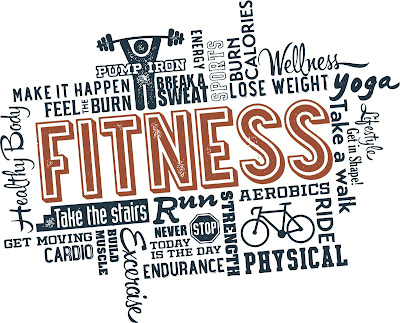The American Fitness Index yesterday released its annual
report of the healthiest & fittest cities in the country. This third
consecutive report lists the top 50 most populated metropolitan areas in the
United States and then ranks them from most to least fit in the country.
“Fitness” is based on personal factors like smoking, exercise, obesity rates,
chronic health problems, and health care access. Other factors that figure in
include parks and recreational facilities, walking trails, farmers’ markets,
and more.
 |
| Elements of fitness. Image: Shutterstock |
1. Minneapolis-St. Paul
2. Washington, D.C.
3. Portland, Ore.
4. San Francisco
5. Denver
6. Boston
7. Sacramento
8. Seattle (YAY Seattle! Good job!)
9. Hartford, Conn.
10. San Jose
11. Austin
12. Salt Lake City
13. Cincinnati
14. San Diego
15. Raleigh, N.C.
16. Pittsburgh
17. Baltimore
18. Virginia Beach
19. Cleveland
20. Richmond, Va.
21. Atlanta
22. Providence
23. Buffalo
24. New York City
25. Philadelphia
26. Milwaukee
27. Chicago
28. Kansas City, Mo.
29. Los Angeles
30. Columbus, Ohio
31. St. Louis
32. Nashville
33. Phoenix
34. Orlando
35. Riverside, Calif.
36. Charlotte
37. Jacksonville
38. New Orleans
39. Las Vegas
40. Tampa
41. Birmingham, Ala.
42. Miami
43. Houston
44. Dallas
45. Indianapolis
46. Memphis
47. Louisville
48. San Antonio
49. Detroit
50. Oklahoma City
Here's the list in map form (also from AFI):
Walt Thompson is a professor of exercise and physiology at
Georgia State University and creator of the index. He praised Minneapolis, saying,
“What Minneapolis has done brilliantly is put their resources where residents
can use them effectively to maintain a high level of physical activity.”
“We really believe that if people don’t have the environment
to exercise, they probably won’t,” he added.
Minneapolis spent about $227 per capita on parks, which is
about double that of some cities on the list. It also had lower rates of
smoking and death from heart disease. Thompson recommends that less fit cities
take simple steps to improve overall city health, like implementing smoking
bans in public places and requiring P.E. for kids throughout high school.

No comments:
Post a Comment